

Rethink the way you mail and ship
Mailing and shipping solutions to prepare, send, receive, and track your business mail. Our innovative, scalable solutions eliminate the complexity of managing parcels and mailings and give you access to automatic postage savings. We have the right solution for your business, big or small.
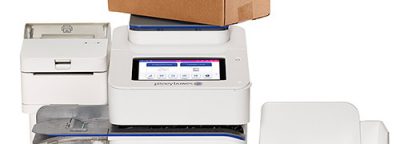
Franking Machines
Learn More
Our franking machines make it easy to process your letters and parcels, while receiving automatic postage savings.
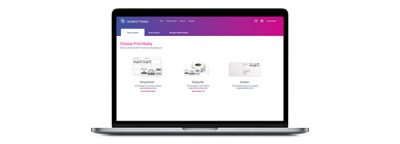
Online postage
Learn More
A cloud-based mailing solution that makes sending simple for both letters and parcels in a single interface with automatic postage savings.

Print & Mail Services
Learn More
Securely send digital documents for physical print, production, digital delivery and mailing with postage savings.
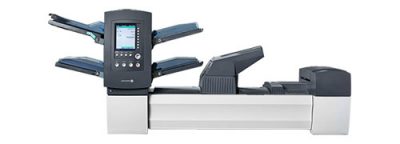
Folder Inserters
Learn More
Ensure your mail is assembled and out the door on time, without the inherent errors that come with manual handling. Optional software tracks envelope contents.
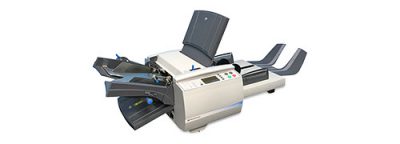
Folders
Learn More
Automatically fold your documents quickly and accurately to improve office productivity, maintain your professional image and eliminate waste.
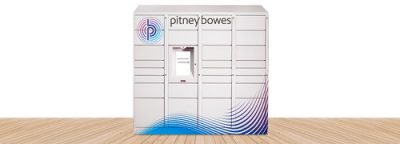
Parcel locker
Learn More
A fully customisable solution that is available 24/7 with contactless delivery/pickup and receiving/tracking software included.
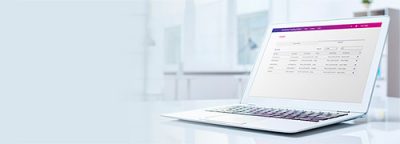
Parcel Tracking Solutions
Learn More
Our software helps you to simplify your inbound parcel and asset management with precision and accuracy.

Office Printers
Learn More
High productivity and low operating costs for businesses of any size. Accelerate your print and mail process with dependable high-speed inkjet printing.
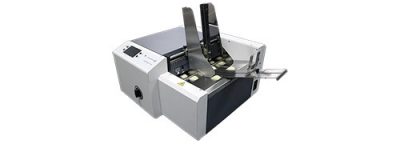
Envelope Printers
Learn More
Directly print names, addresses, custom graphics and messages onto your envelopes. Optional FlexMail™ software to clean and organise address data from any source.

Security Equipment & Scanners
Learn More
Protecting staff and premises is an absolute for business. We offer X-ray scanners, metal detectors and blast suppression equipment for organisations of all sizes. Meets British and International standards.
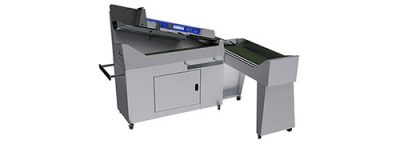
Letter Openers
Learn More
Save time and become more efficient in delivering mail to the right recipients. Our solutions are designed to ensure that valuable documents aren’t damaged, while minimising waste.
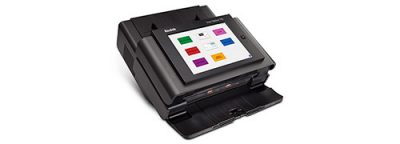
Document Scanners
Learn More
Improve the quality of data capture, management, security and accessibility of the information that flows through your organisation.
Get the results your business wants.
Why Pitney Bowes?
Innovations to help you streamline and grow your business
Over 100 years of innovation
We have over 100 years of experience delivering innovations that help clients navigate this complex and always evolving world.
More than 1.5 million clients
That's how many small and medium businesses across the world we help communicate to their clients, fulfil orders while enhancing productivity, improving mail delivery and optimising postage spend.
Trusted partner
We understand companies want tools and partners that have experience in the business world and find hybrid solutions to move them forward in the digital space. We help businesses to do this simply, efficiently and cost-effectively.